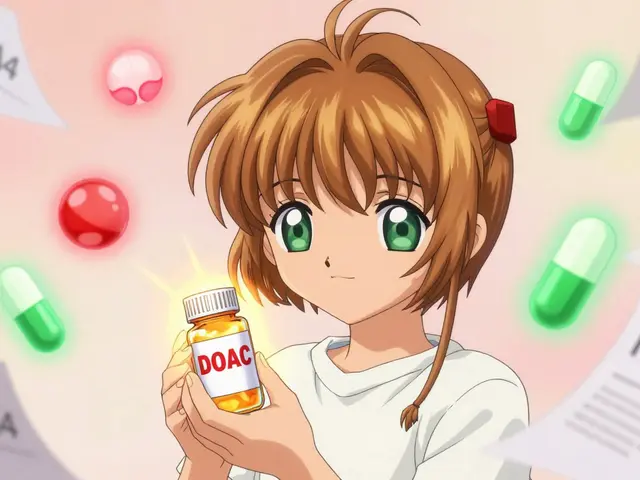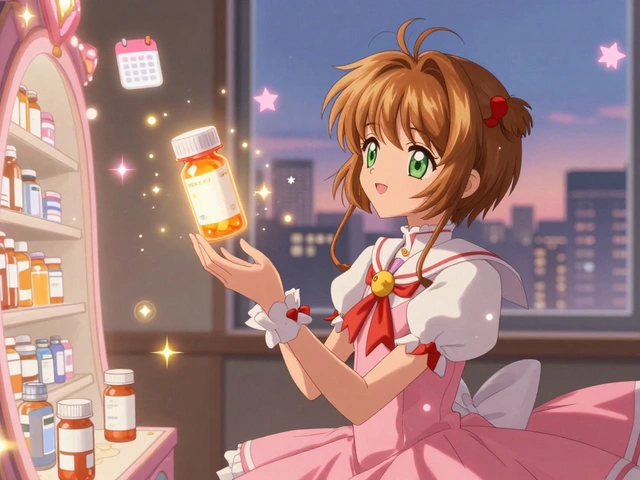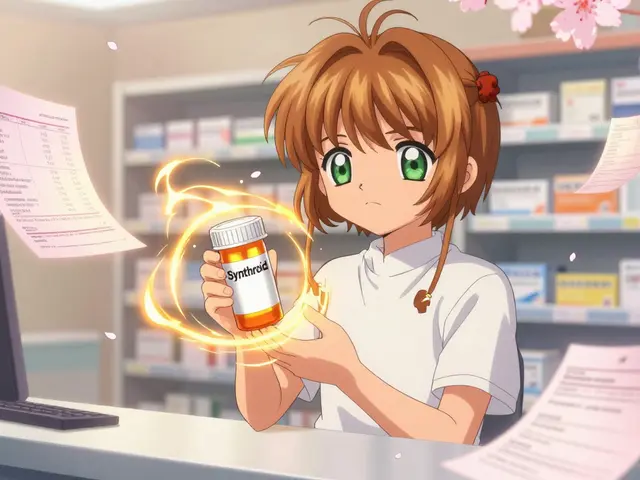Comparison: How to Compare Meds, Pharmacies, and Treatments
Which medicine, pharmacy, or treatment gives the best results for your situation? Small differences in dose, delivery, or supplier can change safety, cost, and convenience a lot. This tag collects practical comparisons — from drug alternatives to online pharmacy choices — so you can make smarter decisions without guessing.
We cover real questions people ask: safer alternatives to Wellbutrin for anxious patients; cheaper options than Valtrex; whether a biologic is worth switching to from steroids; and how to spot legit online pharmacies for drugs like Zanaflex or Tranylcypromine. Each guide focuses on clear pros and cons, safety checks, and what to ask your clinician.
How to compare medications
First, match the active ingredient. Brand names can hide identical generics. Next, compare dose ranges and how fast each drug works. Look up common and serious side effects and whether the drug interacts with medicines you already take. Check authoritative sources like FDA labels or drug monographs for clinical details, then read recent user experiences to learn about day-to-day effects. Ask yourself: does this option require special monitoring (blood tests, liver checks)? If yes, factor those costs and logistics into your choice.
Watch for red flags: unsupported miracle claims, missing safety information, or drugs promoted without prescription when one is normally required. If a drug is hard to find or extremely cheap, double-check authenticity and supply chain details before buying.
How to compare online pharmacies and buying options
Start with legal credentials: a physical address, pharmacist contact, and verifiable license. For U.S. buyers, look for pharmacy verification seals or registers; internationally, check country-specific licensing. Legit pharmacies require a prescription for prescription-only drugs. Check payment security, return policy, shipping speed, and whether packages are discreet. Prefer sellers who list manufacturer info, lot numbers, and expiration dates — that means traceable stock.
Compare total cost, not just the listed price. Include shipping, taxes, possible customs fees, and the cost of required monitoring or follow-up care. Beware of sites selling controlled substances without a prescription or offering massive discounts on high-risk drugs — those are likely illegal or unsafe. If you’re considering imported meds, review local laws and speak with your pharmacist about equivalent generics or safe alternatives available domestically.
Also think beyond pills. For some conditions, biologics, lifestyle changes, therapy, or a cheaper generic will be more effective or safer than an expensive brand name. Biologics can deliver big benefits for certain autoimmune diseases but often need insurance pre-approval and specialized monitoring. Weigh long-term safety, accessibility, and out-of-pocket cost when comparing treatment strategies.
Quick checklist before you decide: confirm the active ingredient and dose; read official safety info; verify the seller’s license and prescription rules; total up all costs; check recent user reports; and talk to your healthcare provider. Use the articles under this tag to dig deeper into any comparison — and if you want help with a specific choice, reach out through our contact page and we’ll point you to the right guide.
Butenafine vs. clotrimazole: which is better?
As a copywriter, I've researched and compared butenafine and clotrimazole to determine which one is more effective. Both are antifungal medications used to treat various skin infections. From what I've gathered, butenafine seems to be more powerful and works faster than clotrimazole. However, it's crucial to consider individual factors and consult with a healthcare professional before choosing the right treatment. Overall, both medications have their pros and cons, and the best option will depend on the specific case and the individual's needs.






